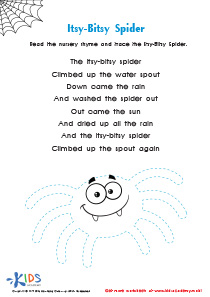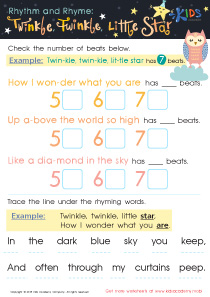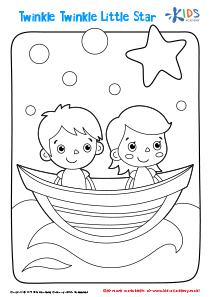Color recognition Nursery Rhymes Worksheets for Ages 6-9
7 filtered results
-
From - To
Enhance your child's color recognition skills with our engaging Color Recognition Nursery Rhymes Worksheets tailored for ages 6-9! These fun, interactive worksheets combine the joy of classic nursery rhymes with vibrant illustrations, making learning colors enjoyable and effective. Designed to support early literacy and cognitive development, each worksheet encourages children to identify and differentiate colors while singing along to familiar rhymes. Ideal for parents and educators, these resources provide a valuable tool for enhancing your child's creativity and confidence in their learning journey. Download and print these colorful worksheets today to foster a love for learning through play!
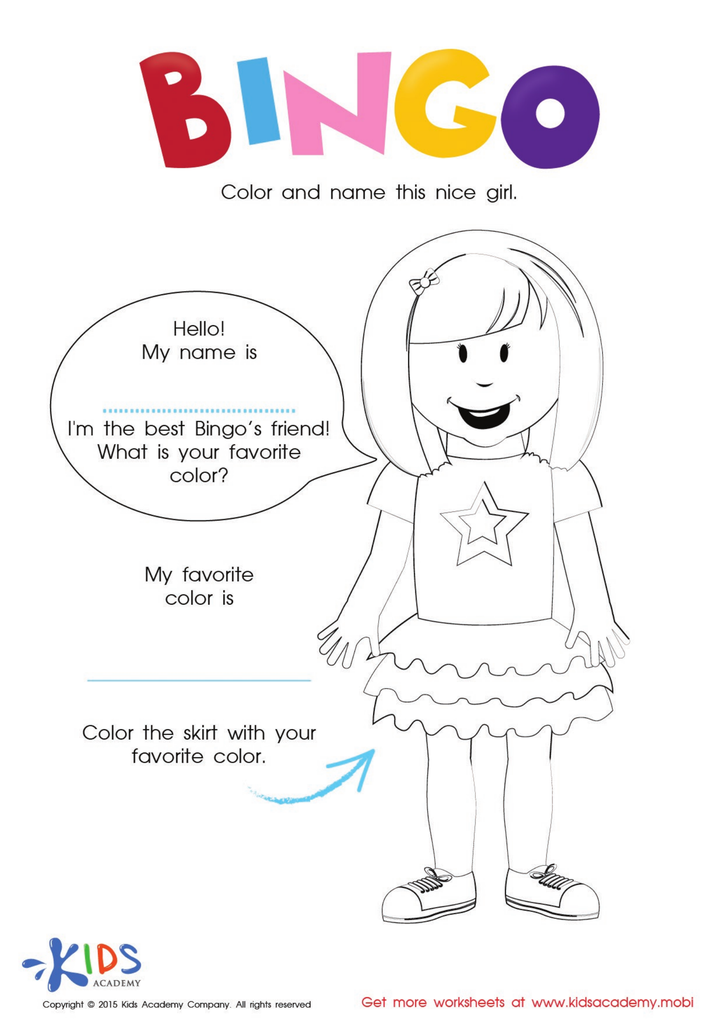

The Bingo Song: Coloring The Girl Worksheet
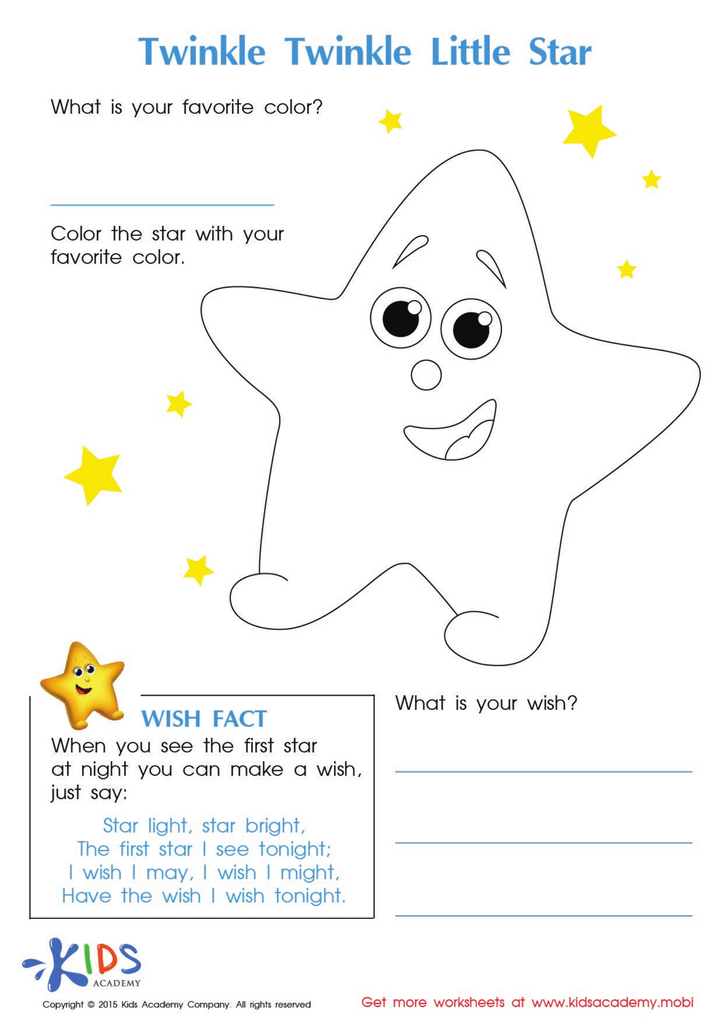

Twinkle Little Star Coloring Worksheet


Twinkle Twinkle Little Star Coloring Page
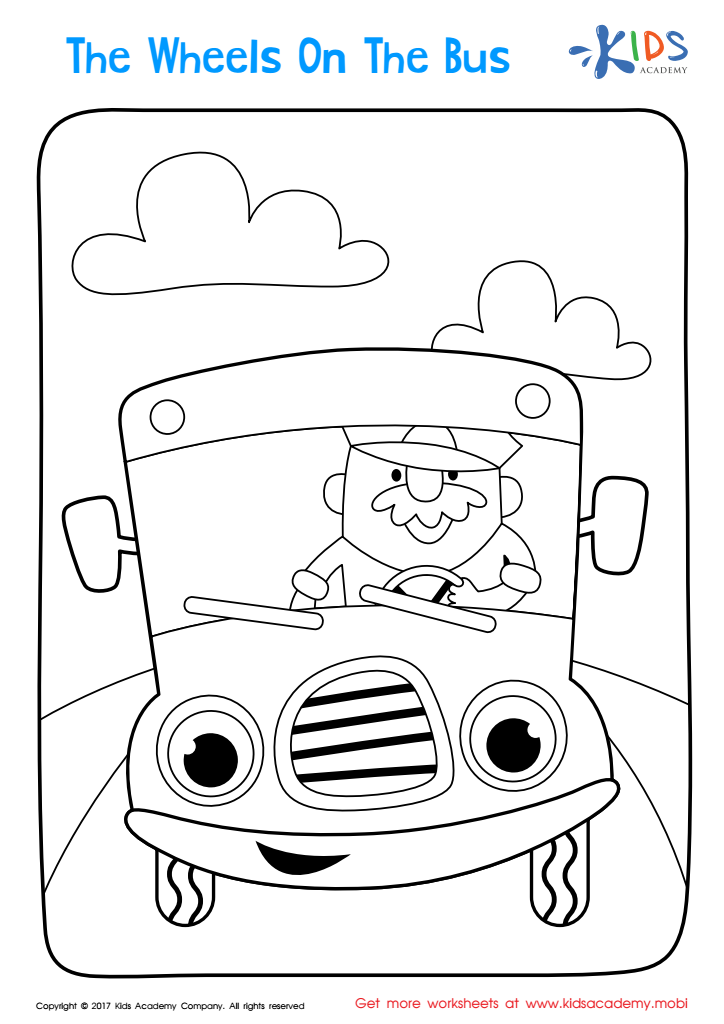

The Wheels on the Bus Coloring Page
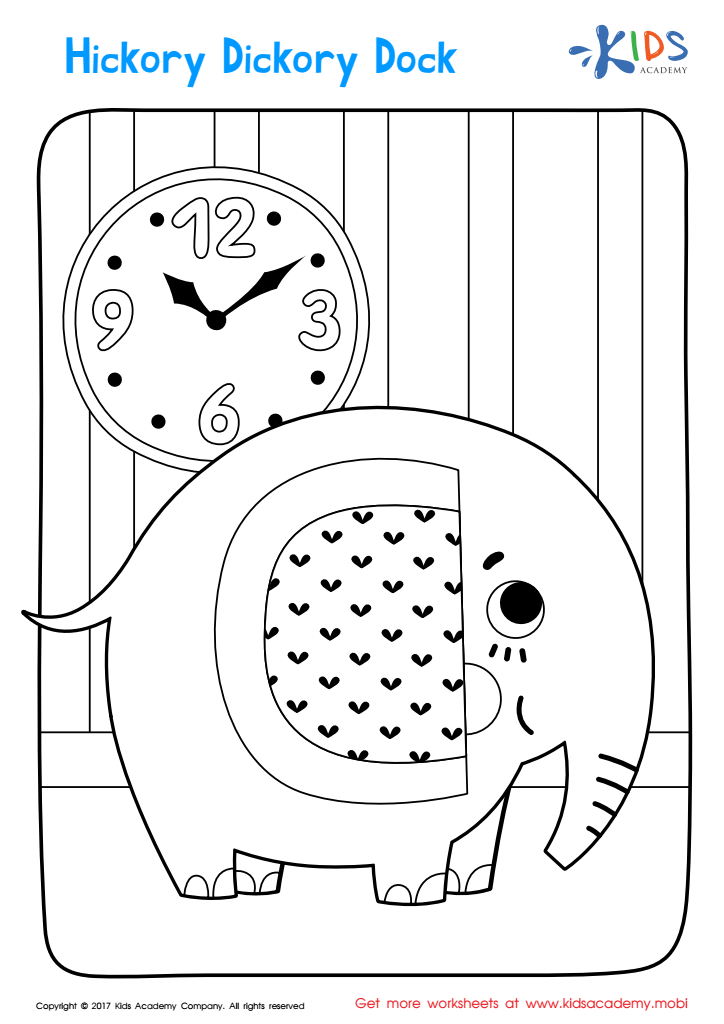

Hickory Dickory Dock Coloring Page
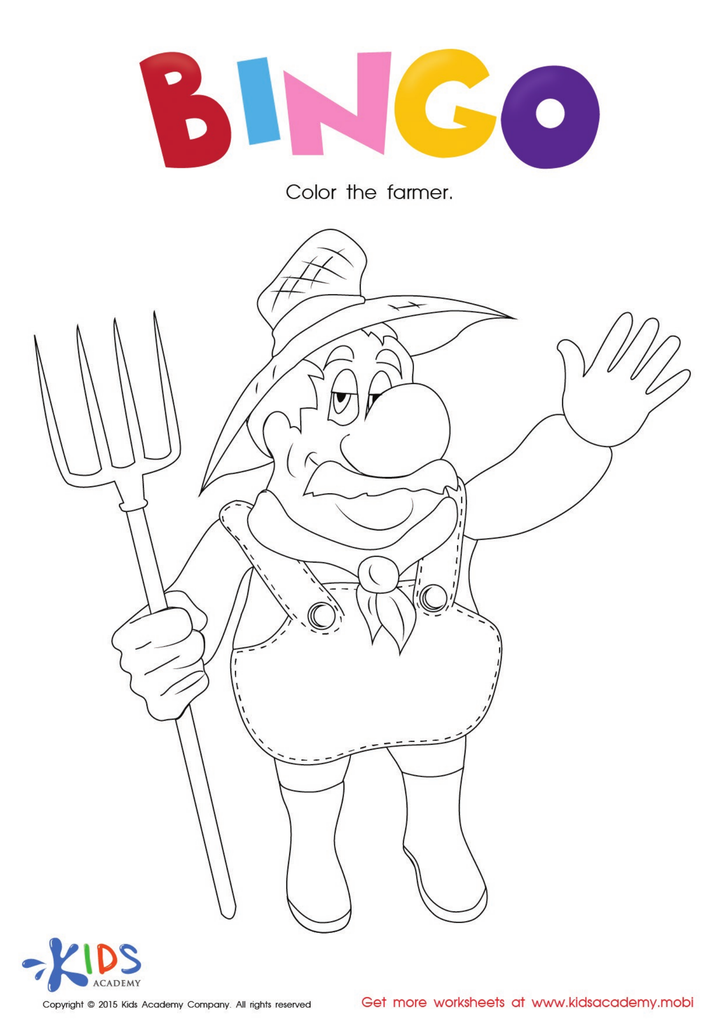

The Bingo Song: Coloring The Farmer Worksheet
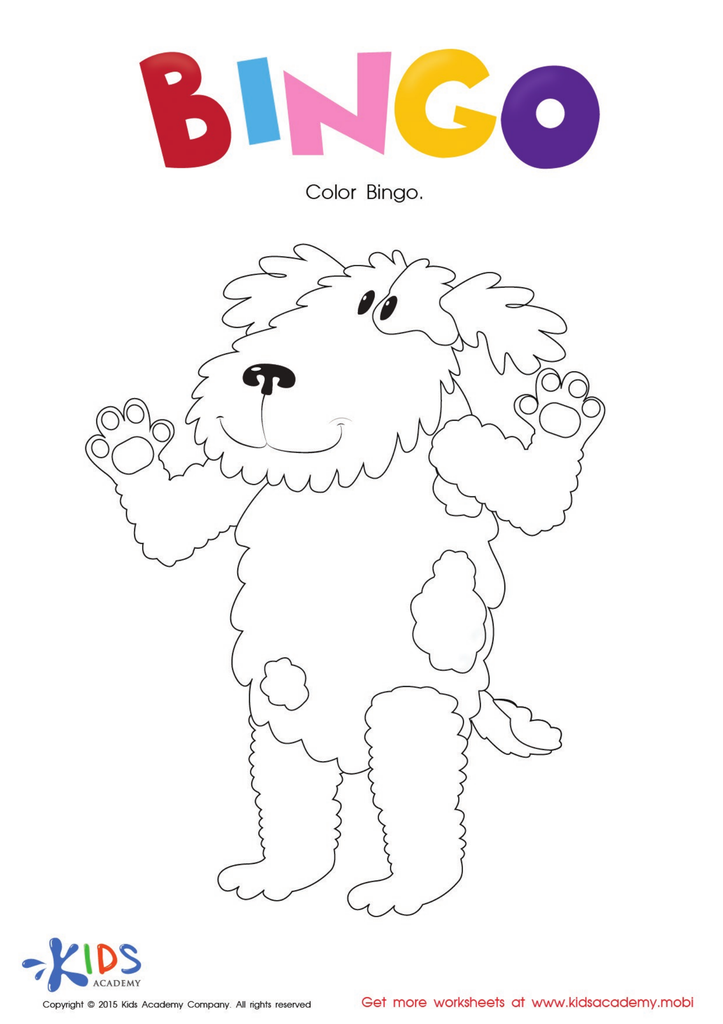

The Bingo Song: Coloring The Dog Worksheet
Color recognition nursery rhymes are pivotal tools in early childhood education for children aged 6-9. They foster essential cognitive skills while making learning enjoyable. Engaging with these rhymes encourages children to recognize and identify various colors, which is foundational for their visual perception and critical for their cognitive development.
Parents and teachers should care about color recognition as it enhances not only creativity but also language development. Nursery rhymes incorporate vivid imagery and rhythm, making it easier for children to grasp new concepts. The repetitive nature of these songs aids in reinforcing color associations and vocabulary, making it an effective learning strategy.
Furthermore, these rhymes promote social interaction and collaborative learning when children sing together. This shared experience nurtures a sense of community and enhances their communication skills. Also, understanding color and rhythm can enrich their future academic journeys, impacting subjects like art, mathematics, and science.
Incorporating color recognition nursery rhymes into everyday learning can lead to balanced growth that promotes both literacy and a sense of wonder. Therefore, both parents and teachers should prioritize these engaging tools to maximize children's learning opportunities.
 Assign to My Students
Assign to My Students




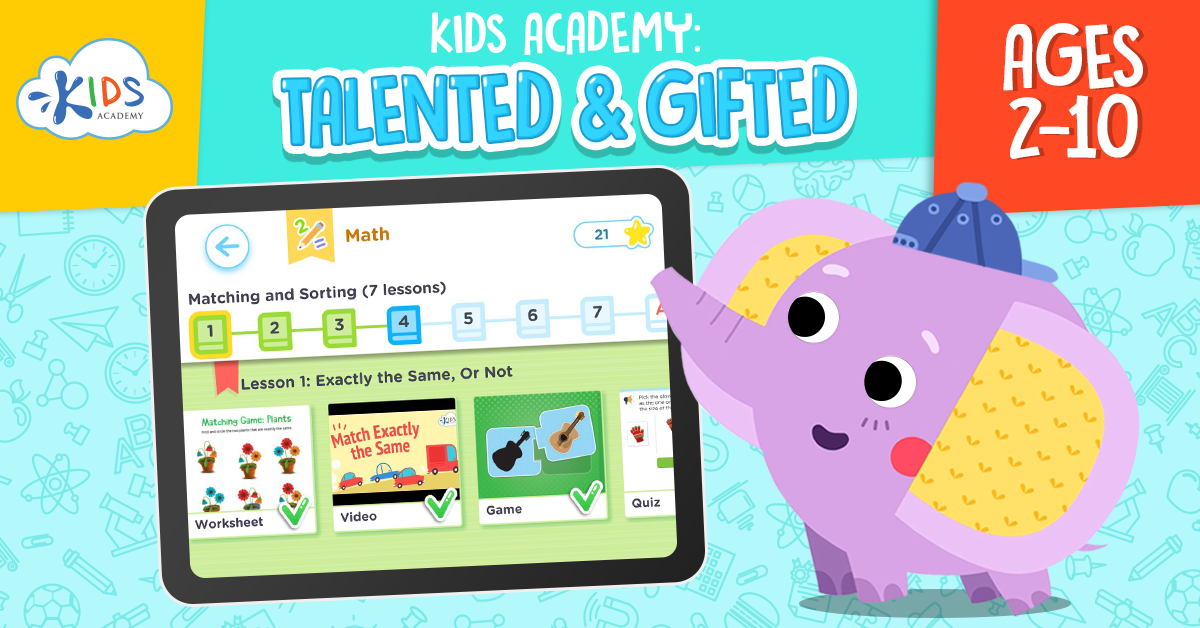

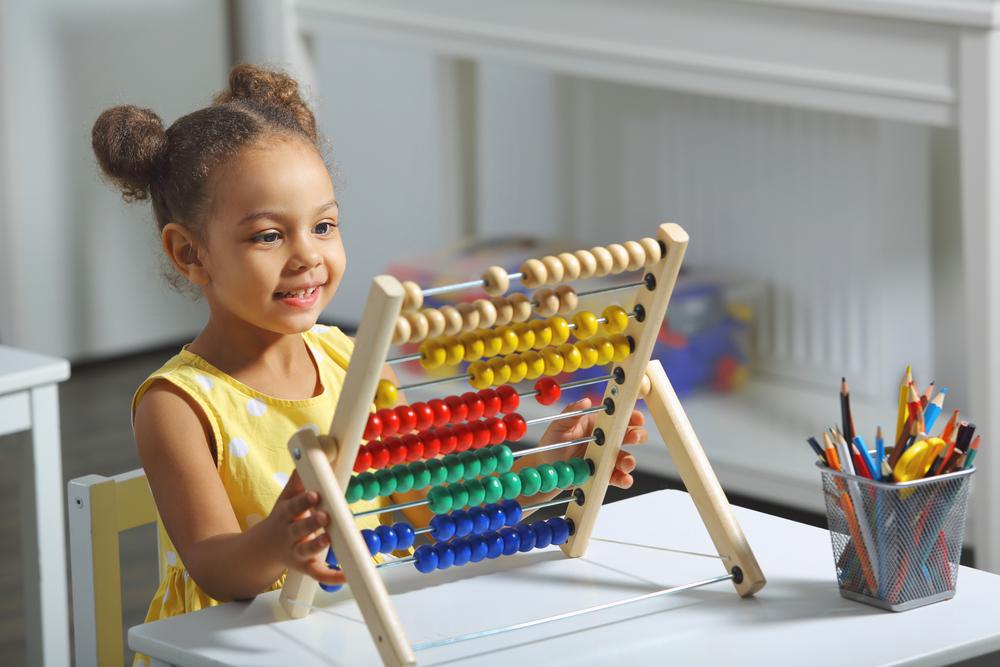
.jpg)
